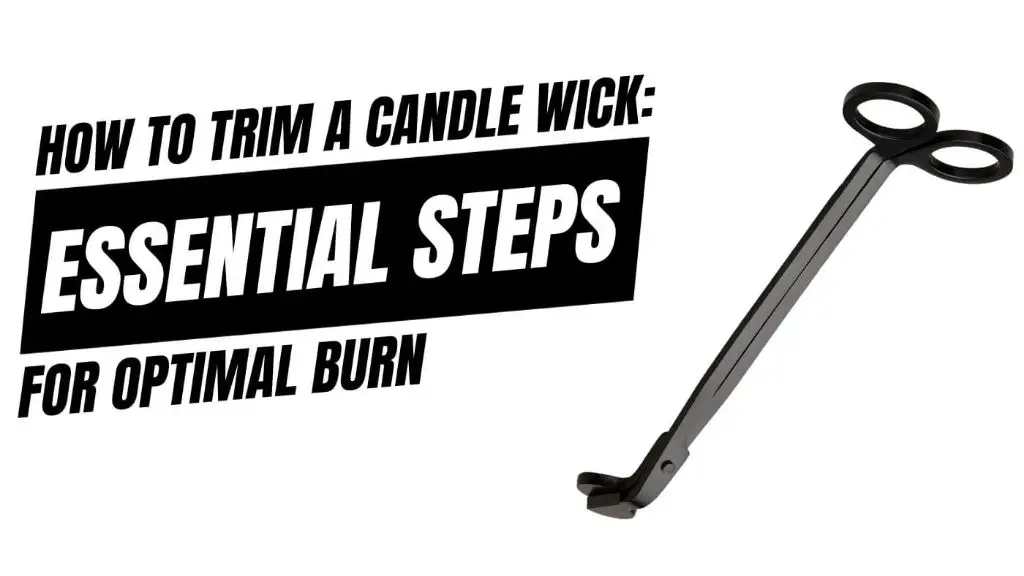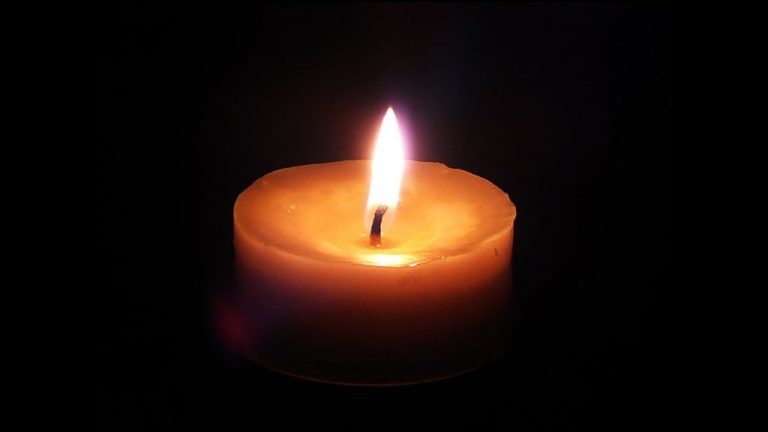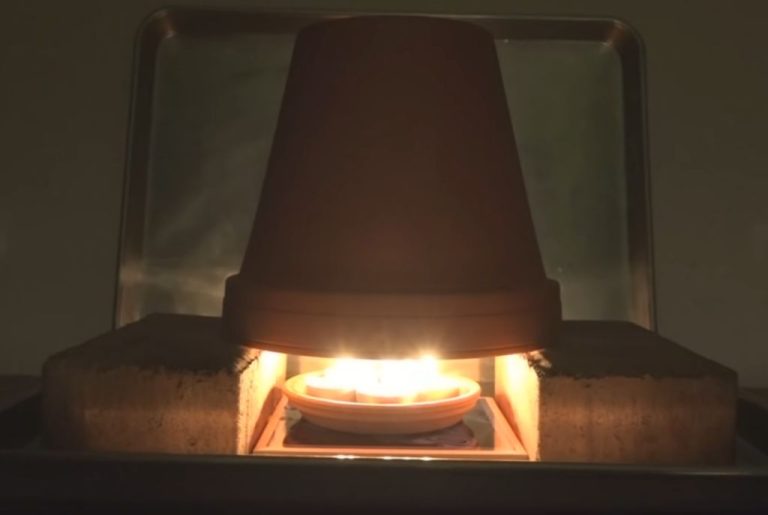Why Should You Only Burn Candles For 3 Hours?
Burning a candle continuously for an extended period of time, such as more than 3-4 hours, can lead to several potential dangers. Prolonged burning increases the risk of fire hazards, causes more soot and wax buildup, and diminishes the candle’s scent and performance over time. It’s generally recommended to extinguish a candle before it has burned for more than a few hours for safety and to avoid wasting wax and fragrance.
According to experts, burning a candle for longer than 3-4 hours at a time can create safety issues. As the Storables article explains, “Burning candles for too long can lead to a higher risk of fire hazards, as the wax pool becomes too deep.” Limiting burn time reduces the chances of potential dangers.
Fire Hazards
Candles can pose a serious fire hazard if left burning for too long, especially when left unattended. According to the National Fire Protection Association (NFPA), candles were the cause of an estimated 7,400 reported home fires each year between 2015-2019. These fires resulted in 86 civilian deaths, 654 civilian injuries and $313 million in direct property damage per year on average (https://www.nfpa.org/education-and-research/home-fire-safety/candles).
The United States Fire Administration (USFA) reports that around 20 home candle fires are reported each day on average. Many of these fires occur because candles are left burning unattended or too close to combustible materials like curtains, furniture or bedding (https://www.usfa.fema.gov/prevention/home-fires/prevent-fires/candle/).
It’s crucial never to leave a burning candle unattended. Extinguish candles before leaving a room or going to sleep. Don’t place lit candles near anything that can catch fire. Take precautions to prevent pets or children from knocking over candles. Follow general fire safety practices like keeping a fire extinguisher handy.
Soot Buildup
Burning candles for longer than 3 hours causes major soot buildup around the home. According to Snyder’s Carpet Care, “Candles – scented candles in particular – give off soot as they burn. Soot is a natural by-product of burning petroleum products such as wax.” The longer you burn a candle, the more soot it will produce. This black residue can cover walls, ceilings, furniture, curtains and more. Over time, layers of soot build up and become difficult to remove. According to Aluminate Life, soot buildup occurs because “adding too many fragrance oils or other additives to the wax affects the combustion process.” Limiting burn times to 3 hours or less can dramatically reduce soot production and buildup in your home.
Wax Pooling
When a candle burns, the heat should melt the top layer of wax to form an even pool. This is called the melt pool. As the candle burns down, the melt pool should remain around 1/4-1/2 inch deep (Source). If the candle burns for too long, the wax can become too hot and the melt pool can become too deep. According to candle experts, an oversized melt pool can spill over the sides of the container (Source). The wax can also tunnel down the center, creating a deeper section. Both uneven pooling and tunnelling can lead to wasted wax and present fire hazards if the melt pool grows too large.
Tunneling
Tunneling occurs when the wax around the wick melts faster than the outer wax, creating a hole or tunnel in the candle. This happens when the wick is too small relative to the candle diameter, so the flame only heats the wax immediately surrounding the wick.
Burning a candle for longer than the recommended time (usually 3 hours) increases the risk of tunneling. The prolonged heat from the flame melts through the inner wax, leaving the outer wax unchanged. This results in an unsightly sunken appearance and uneven burning.
Tunneling can also lead to wasted wax, diminished fragrance, and excess smoke. It is recommended to trim wicks to 1⁄4 inch before lighting, and to extinguish candles after 3 hours of burn time. Proper wick sizing relative to the candle diameter is also key to preventing tunneling issues (source).

Wasted Wax
Letting candles burn too long wastes wax since part of the candle goes unused. According to Slatkin & Co., pillar candles (3 inch diameter) burn for 40 to 50 hours on average. This means burning a candle beyond that timeframe will result in unused wax at the bottom and sides of the candle. Similarly, research from The Bottle Blog shows that smaller votive candles burn around 7-9 hours per ounce of wax. Burning candles longer than the estimated time leads to excess melted wax that cannot be used.
To avoid wasting wax, it’s important to extinguish candles after the recommended burn time. This ensures all of the wax is used efficiently for fragrance and light. Burning candles for significantly longer periods risks leaving behind hardened wax that serves no purpose. Following proper burn times makes the most of each candle.
Diminished Scent
The candle’s scent throw weakens the longer it burns. When a candle burns, the fragrant oils in the wax liquefy and vaporize, releasing the candle’s aroma. However, the pool of liquid wax only holds a finite amount of fragrance. As the candle continues burning, it uses up the available fragrance in the wax pool.
Candle experts recommend limiting burn times to preserve fragrance. According to the National Candle Association, burning a candle for more than 3-4 hours at a time will likely result in significantly diminished scent throw (source). The recommendation is to extinguish the candle after 2-3 hours, allowing the wax pool to solidify and absorb more fragrance. When relit after cooling, a refreshed wax pool can then emit a stronger scent again.
Limiting burn times prevents the available fragrance in the candle wax from becoming depleted. Shorter burn periods help maintain the candle’s intended aroma strength for a longer duration.
Safety Tips
When burning candles, it’s important to follow some basic safety precautions to prevent fires and other hazards. Here are some tips to keep in mind:
Trim the wick to 1⁄4 inch before lighting to avoid excessive smoke and uneven burning (source: https://www.fmins.com/blog/candle-safety/). Using a wick clipper, carefully snip the blackened tip of the wick.
Always use a candle holder placed on a stable, heat resistant surface. Never place a burning candle directly on furniture, carpet, or other flammable material. Choose holders made of nonflammable materials like metal, glass, or ceramic (source: https://www.nfpa.org/education-and-research/home-fire-safety/candles).
Position candles at least 12 inches away from anything that can burn, like curtains, decorations, or upholstered furniture. Keep a safe distance to prevent accidental ignition (source: https://candles.org/fire-safety-candles/).
When to Extinguish
You should carefully watch for signs that it’s time to extinguish the candle flame. According to Malibu Apothecary, it’s best to not burn a candle for more than 4-5 hours[1]. Here are some signs that your candle is ready to be extinguished:
- The wax pool reaches the outer edges of the container. When the melted wax reaches the sides, it’s time to put out the flame.
- Smoke or soot appears. Black smoke coming from the candle means the wick is getting too long and producing excess soot.
- The flame flickers and begins to tunnel. Tunneling is when the flame melts a hole down through the wax rather than melting evenly. It’s time to extinguish when you notice this effect.
- The candle begins to sputter. If the wax pool gets too hot, the candle will sputter and spit bits of wax. This is a cue to blow out the flame.
It’s best not to let the candle burn all the way down. Extinguishing before it gets too low will help preserve scent and avoid hazards.
Conclusion
Burning candles for too long can lead to dangerous and damaging hazards. Letting candles burn for longer than 3 hours at a time produces large amounts of soot, allows for uneven wax pooling, and creates unsafe wax tunnels in the candle, increasing the risk of fire. This also wastes wax and diminished the candle’s scent over time.
To minimize these risks, remember to trim wicks to 1⁄4 inch before lighting, keep candles away from flammable items, and do not leave burning candles unattended. Extinguish candles after 3 hours or when 1 inch of wax remains. Following these important safety tips will allow you to safely enjoy candles and their cozy ambiance.



